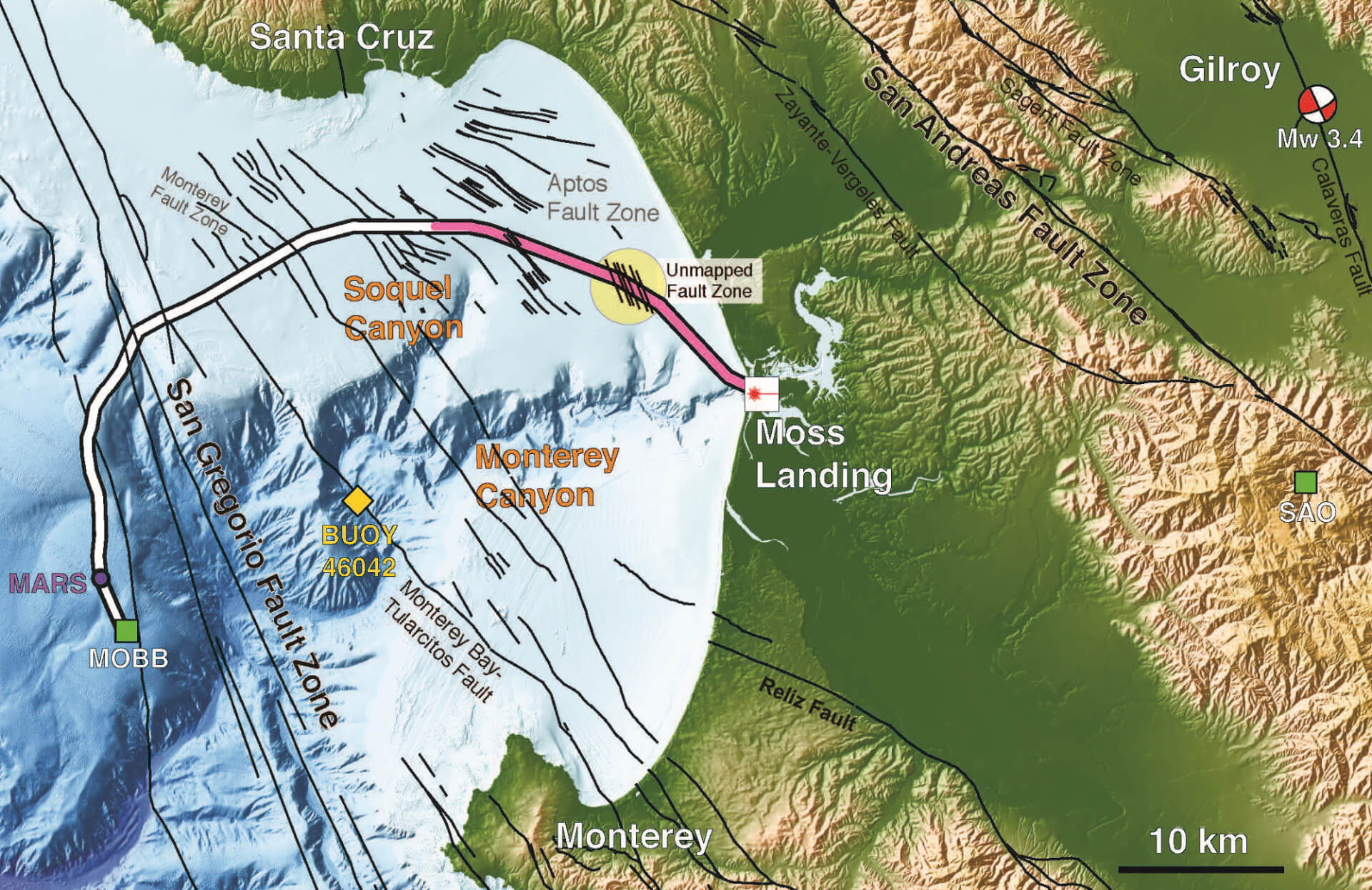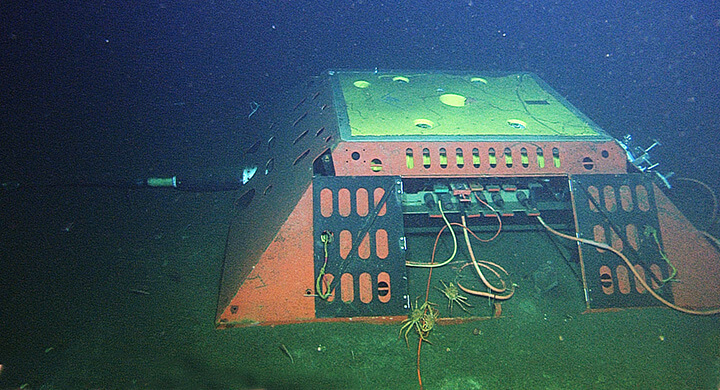
Scientists discover tectonic fault zone through undersea fiber-optic cables
The vast network of cables on the ocean floor can potentially be used to monitor global seismic activity
by Humza AamirWhy it matters: Observing seismic events like earthquakes, volcanic eruptions, and tsunamis is currently possible through land-based equipment and satellites. However, two-thirds of the Earth that is occupied by water holds a sea of geological information which seismologists believe can be tapped into via the existing network of fiber-optic cables that rest on the ocean floor, enabling the internet across continents.
The idea of using underwater fiber-optic cables to observe earthquakes has been explored in the past by researchers from the UK, Italy, and Malta.
The latest development in this scientific research comes from the US, where scientists from the University of California, Lawrence Berkeley National Laboratory, Monterey Bay Aquarium Research Institute and Rice University, studied a 20 km long undersea fiber-optic cable for four days and recorded a 3.4 magnitude earthquake from a tectonic fault zone in Monterey Bay, along the Californian coast.

"There is a huge need for seafloor seismology," said lead study author Nathanial Lindsey in the Berkeley news release, adding that any instrumentation placed in the ocean "even if it is only for the first 50 kilometers from shore, will be very useful."
As it turns out, undersea fiber-optic cables provided the answer. Craig Dawe of Monterey Bay Aquarium Research Institute (MBARI), which owns such a cable, experimented with Lindsey and Jonathan Ajo-Franklin, a geophysics professor at Rice University in Houston and a faculty scientist at Berkeley Lab.
They found that any disturbance or movement in the cable scattered and distorted the light signal used for transmitting data in fiber-optic technology. Observing this "backscatter" phenomenon through a technique called Distributed Acoustic Sensing (DAS), the 20 km long cable was turned into a bed of 10,000 motion sensors that could detect seismic activity with picometer precision.

The DAS technique involves using a "photonic device that sends short pulses of laser light down the cable and detects the backscattering created by strain in the cable that is caused by stretching," noted Ajo-Franklin. "These systems are sensitive to changes of nanometers to hundreds of picometers for every meter of length."
"This is really a study on the frontier of seismology, the first time anyone has used offshore fiber-optic cables for looking at these types of oceanographic signals or for imaging fault structures," he said, terming oceans as one of the "blank spots" in the global seismographic network.
The experiment also highlighted the additional benefit of using fiber-optic cables for seismology as they didn't require using thousands of seismometers for the application. "You just walk out to the site and connect the instrument to the end of the fiber," said Lindsey.
As part of their test, the scientists were able to record a broad range of seismic waves, including a 3.4 magnitude earthquake occurring 45 km inland near Gilroy, California, as well as map multiple fault zones in the San Gregorio Fault system.
"By using these coastal fiber optic cables, we can basically watch the waves we are used to seeing from shore mapped onto the seafloor, and the way these ocean waves couple into the Earth to create seismic waves," noted Lindsey.
Image Credit (Monterey Bay Map): Nate Lindsey, Monterey Accelerated Research System (MARS) cabled observatory: MBARI